What is the tolerance range of precision screws?
What is the tolerance range of precision screws?
Service Hotline
+86760-8787 8587We have more than ten years of production experience in the screw industry. The main products are: flat head flat cup bolts, enlarged washers, GB screws, 8.8 high-strength anti-thread nuts, shock-proof open spring washers, 1189 flange bolts, copper hex sockets Bolts, Phillips pan head combination screws, GB120, round head socket head cap screws, ISO4016 screws, B1167, single-way hexagonal column and single-head isolation column, hardware boat nuts, GB97 plastic gaskets and other fasteners, due to product materials and specifications There are different prices, please contact us if necessary.


At present, the commonly used fastener loosening prevention methods generally include non-removable anti-loosening solutions and friction-increasing anti-loosening solutions. The non-removable anti-loosening scheme uses welding, bonding or punch point riveting to change the detachable threaded connection into a non-detachable threaded connection. In the non-removable anti-loosening scheme, the threaded fasteners cannot be reused and the operation is troublesome. It is often used in some important occasions that require high anti-loosening performance without disassembly. The anti-loosening scheme that increases the frictional force uses the method of increasing the frictional force of the bolt (screw) head and the end face of the nut to achieve the purpose of anti-loosening. The anti-loosening solution that increases friction is not limited by space and can be disassembled repeatedly, but the reliability is poor. After a certain period of work, the anti-loosening effect will be reduced due to vibration and other reasons.
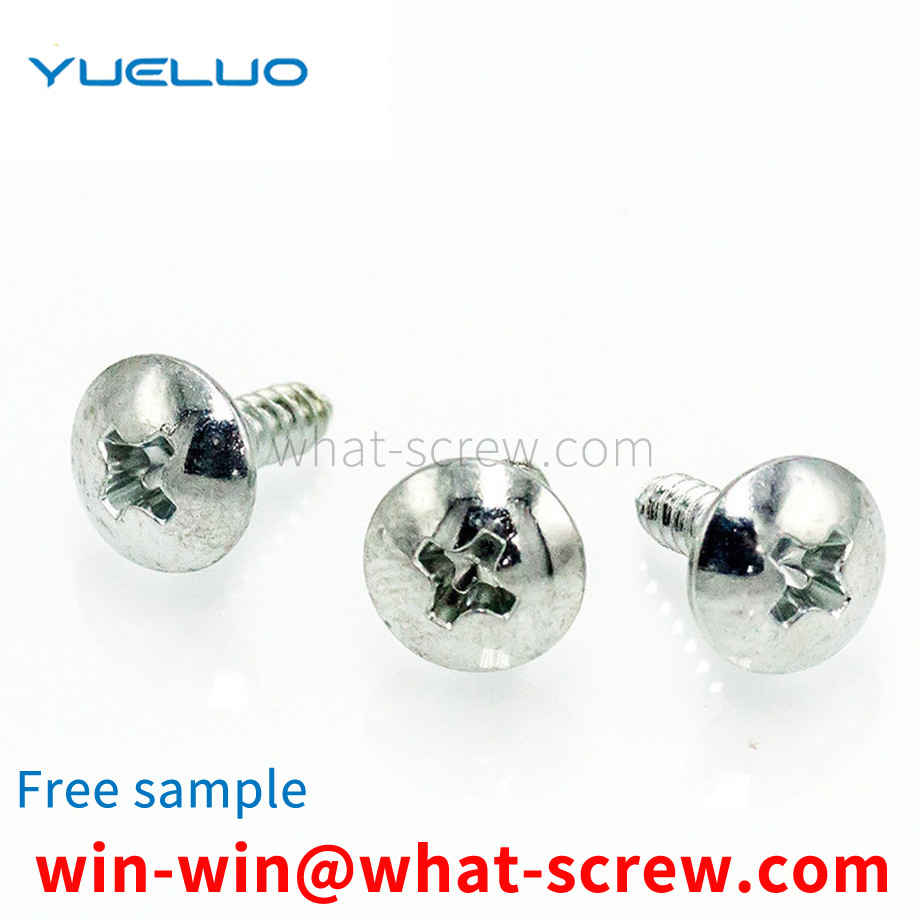
The gasket side of the above-mentioned nut assembly is in contact with the mounting surface. When the nut is tightened, the gasket squeezes the outer cone surface to make it shrink, and the cone tip faces the same direction as the nut, thereby preventing the nut from tightening, so that the nut fixing effect is not good, and at the same time When multiple nuts need to be superimposed and fixed, two adjacent nuts cannot interact with each other, resulting in poor fixing effect.
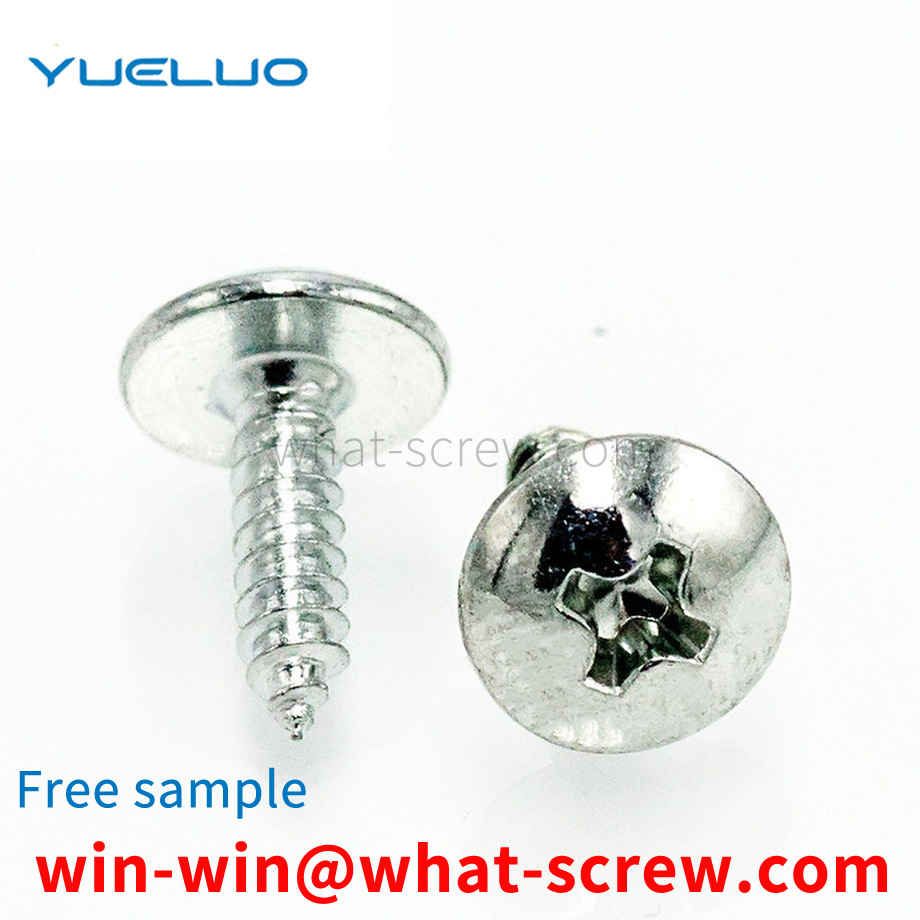
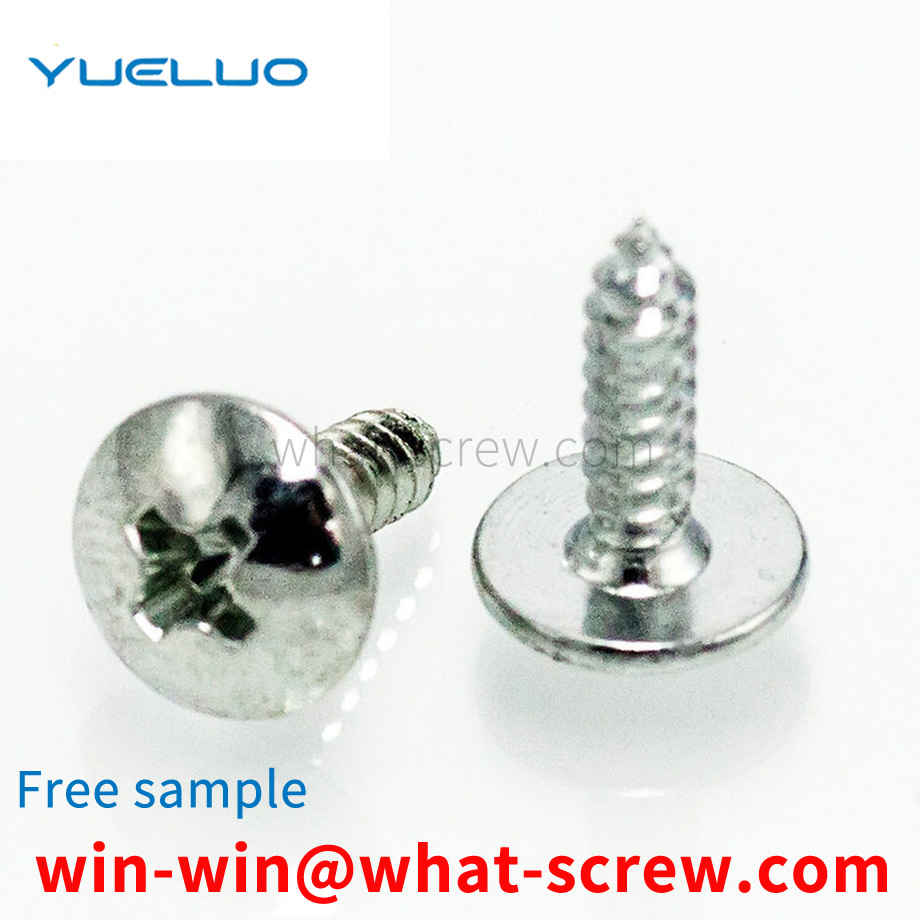
The tooling for screw standard parts provided by Yueluo Guangdong Yueluo Hardware Industry Co., Ltd. mainly solves the problems of low manual operation matching efficiency, wrong specifications of screw standard parts, and easy falling of screw standard parts into the product when assembling screws in the prior art. . The specific technical solutions of Guangdong Yueluo Hardware Industry Co., Ltd. are as follows. The screw standard parts supporting tooling includes a stud sleeve hole plate, a gasket sleeve hole plate and a nut sleeve hole plate with matching structure; the stud sleeve hole plate There is at least one stud hole matching with the assembled stud structure, at least one gasket hole matching with the assembled gasket structure is arranged on the gasket sleeve hole plate, and the nut sleeve hole plate is provided with at least one gasket hole matching with the assembled gasket structure. At least one nut hole matched with the assembled nut structure; the number of stud holes, gasket holes and nut holes are equal. The above-mentioned stud sleeve hole plate is provided with a positioning device, and the gasket sleeve hole plate is provided with a matching positioning hole; or the gasket sleeve hole plate is provided with a positioning device, and the stud sleeve hole plate is provided with a matching positioning hole. The above stud holes are through holes; the nut holes are blind holes. Forty to one hundred and fifty stud holes are arranged on the stud sleeve hole plate. The above-mentioned positioning device is a positioning plate and/or a positioning column. The advantage of Guangdong Yueluo Hardware Industry Co., Ltd. is that the matching tooling for screw standard parts improves the matching quality of screw standard parts, effectively prevents screw standard parts from falling into the product easily and screw specifications are wrong; it simplifies the matching difficulty of screw standard parts and improves assembly efficiency. . The screw standard parts supporting tooling can be processed differently according to different screw standard parts specifications, and the applicability is very wide.
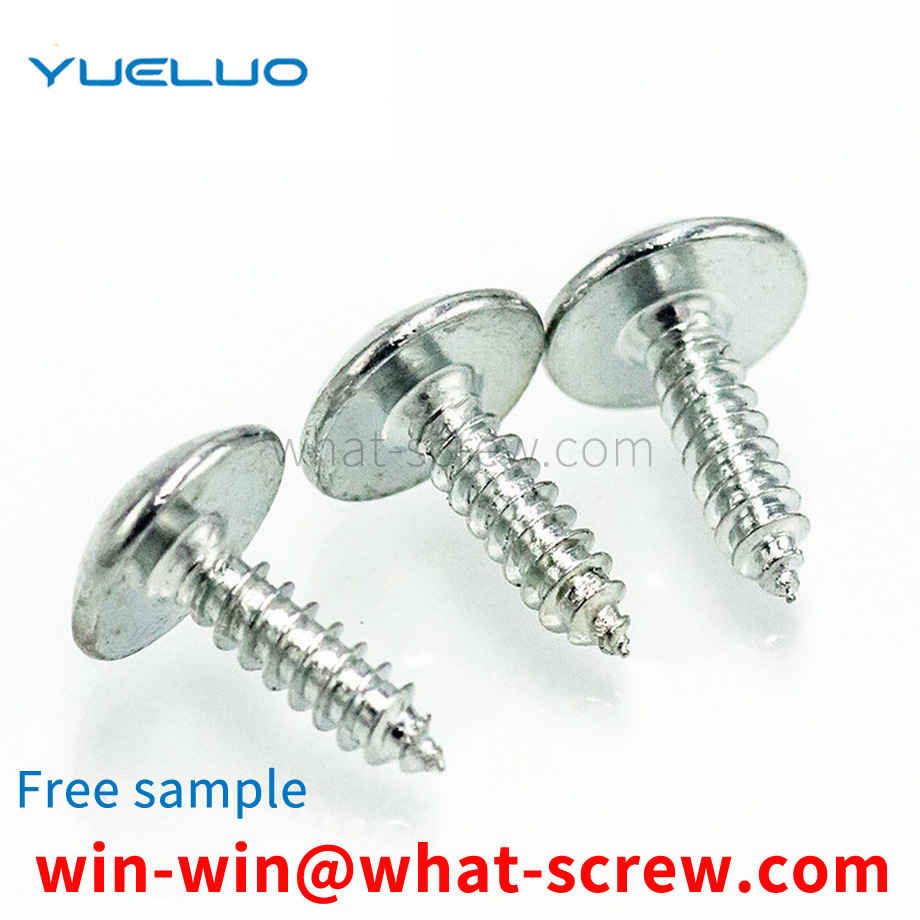
High-strength fasteners must be quenched and tempered according to technical requirements. The purpose of heat treatment and tempering is to improve the comprehensive mechanical properties of fasteners to meet the specified tensile strength value and yield ratio of the product. The heat treatment process has a crucial impact on high-strength fasteners, especially its intrinsic quality. Therefore, in order to produce high-quality high-strength fasteners, advanced heat treatment technology and equipment must be available. Due to the large production volume and low price of high-strength bolts, and the threaded part is a relatively fine and relatively precise structure, the heat treatment equipment is required to have large production capacity, high degree of automation, and good heat treatment quality. Since the 1990s, the continuous heat treatment production line with protective atmosphere has dominated, and the shock bottom type and mesh belt furnace are especially suitable for heat treatment and tempering of small and medium-sized fasteners. In addition to the good sealing performance of the furnace, the quenching and tempering line also has advanced computer control of atmosphere, temperature and process parameters, equipment failure alarm and display functions. High-strength fasteners are automatically controlled and operated from feeding-cleaning-heating-quenching-cleaning-tempering-coloring to offline, which effectively ensures the quality of heat treatment. The decarburization of the thread will cause the fastener to trip before the resistance required by the mechanical properties is reached, which will cause the failure of the threaded fastener and shorten the service life. Due to the decarburization of the raw material, if the annealing is improper, the decarburized layer of the raw material will be deepened. In the process of quenching and tempering heat treatment, some oxidizing gas is generally brought in from outside the furnace. The rust of the bar wire or the residue on the surface of the wire rod after cold drawing will also decompose after being heated in the furnace, and some oxidizing gases will be generated by the reaction. For example, the surface rust of steel wire, which is composed of iron carbonate and hydroxide, will be decomposed into CO₂ and H₂O after heating, thus aggravating decarburization. Studies have shown that the degree of decarburization of medium carbon alloy steel is more serious than that of carbon steel, and the fastest decarburization temperature is between 700 and 800 degrees Celsius. Because the attachments on the surface of the steel wire decompose and synthesize carbon dioxide and water very quickly under certain conditions, if the furnace gas of the continuous mesh belt furnace is not properly controlled, it will also cause excessive decarburization of the screw. When the high-strength bolt is formed by cold heading, the raw material and the annealed decarburized layer not only still exist, but also are extruded to the top of the thread. For the surface of the fastener that needs to be quenched, the required hardness cannot be obtained. Its mechanical properties (especially strength and wear resistance) decreased. In addition, the surface of the steel wire is decarburized, and the surface layer and the internal structure have different expansion coefficients, and surface cracks may occur during quenching. For this reason, during quenching and heating, the top of the thread should be protected from decarburization, and the fasteners whose raw materials have been decarburized should be properly carbonized, and the advantages of the protective atmosphere in the mesh belt furnace should be adjusted to the original carbon-coated parts. The carbon content is basically the same, so that the decarburized fasteners are slowly restored to the original carbon content. The carbon potential is preferably set at 0.42% - 0.48%. The carbon coating temperature is the same as the quenching heating, and cannot be carried out at high temperatures , so as to avoid coarse grains and affect mechanical properties. The quality problems that may occur in the process of quenching and tempering of fasteners mainly include: insufficient hardness in the quenched state; uneven hardness in the quenched state; excessive quenching deformation; quenching cracking. Such problems in the field are often related to raw materials, quenching heating and quenching cooling. Correctly formulating the heat treatment process and standardizing the production operation process can often avoid such quality accidents.
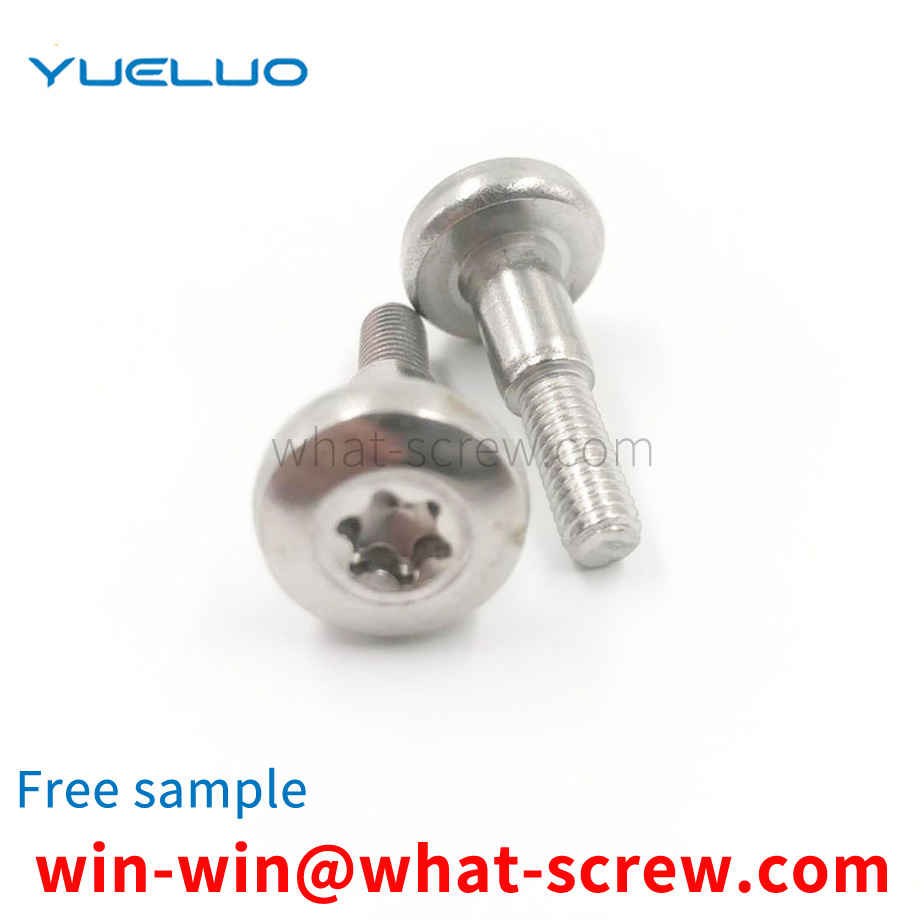
The above content is uploaded by Yueluo or the Internet. If there is any copyright issue, please contact [email protected].

What is the tolerance range of precision screws?

How to choose the right stainless steel screw manufacturer?

Why is there an R angle under the head of the hexagon head s...
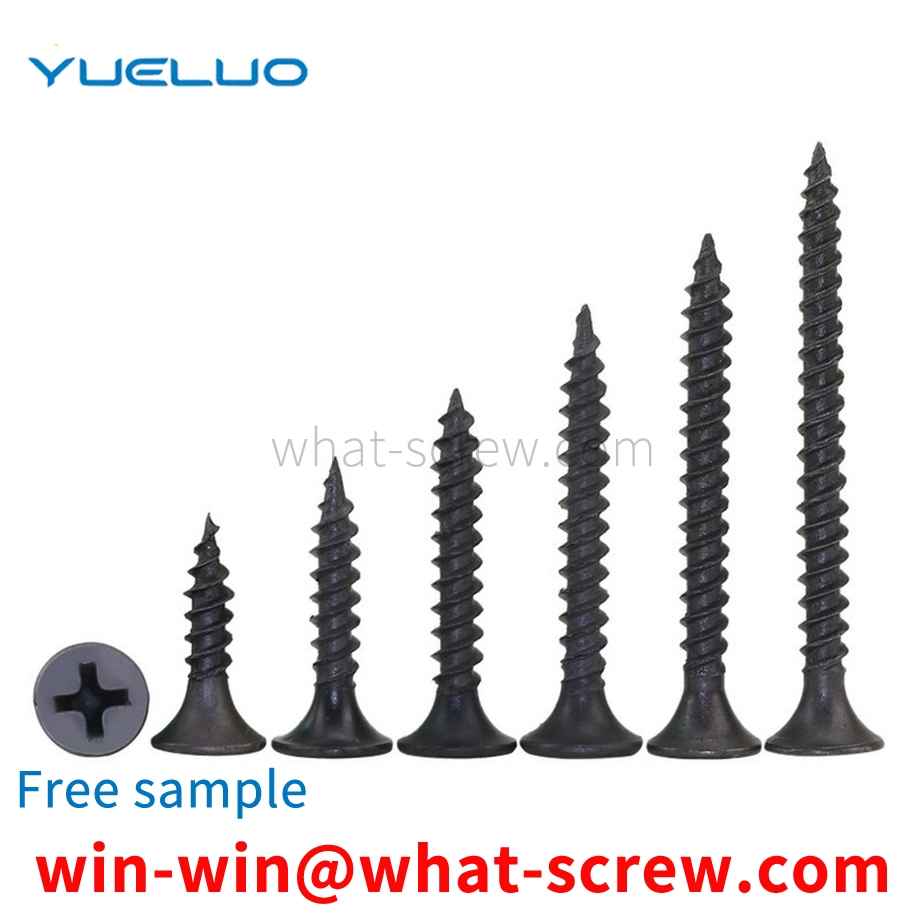
We have more than ten years of production experience in the ...
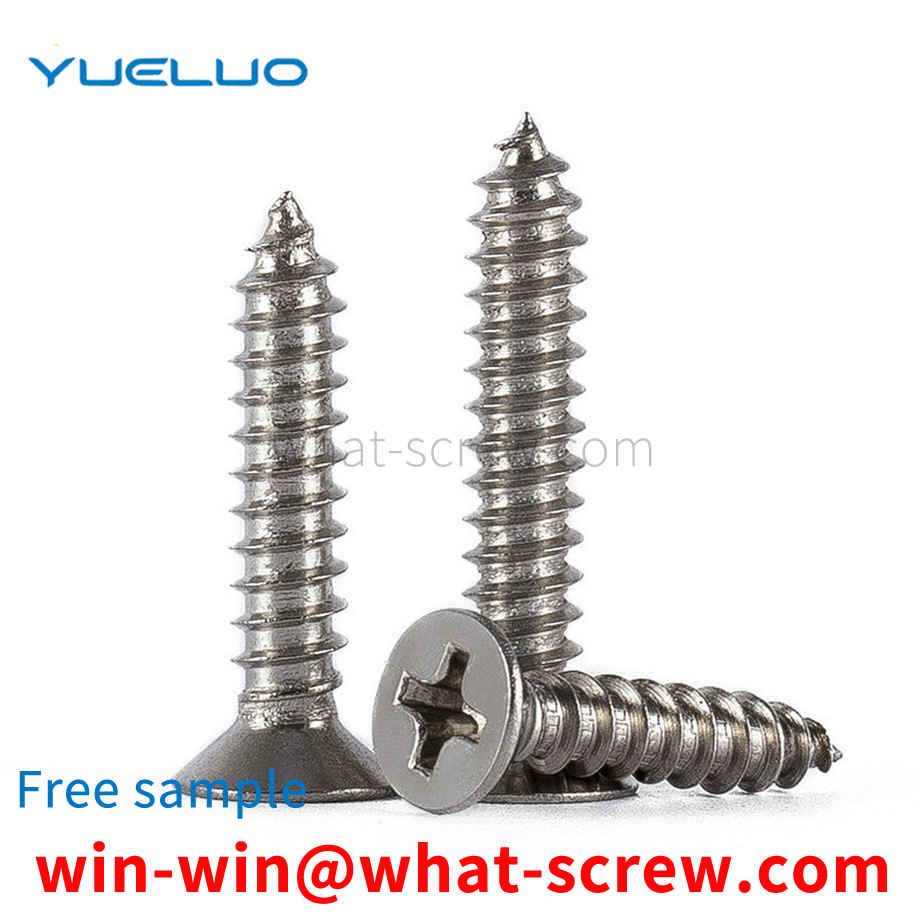
We have more than ten years of production experience in the ...

We have more than ten years of experience in screw industry ...

We have more than ten years of experience in screw industry ...